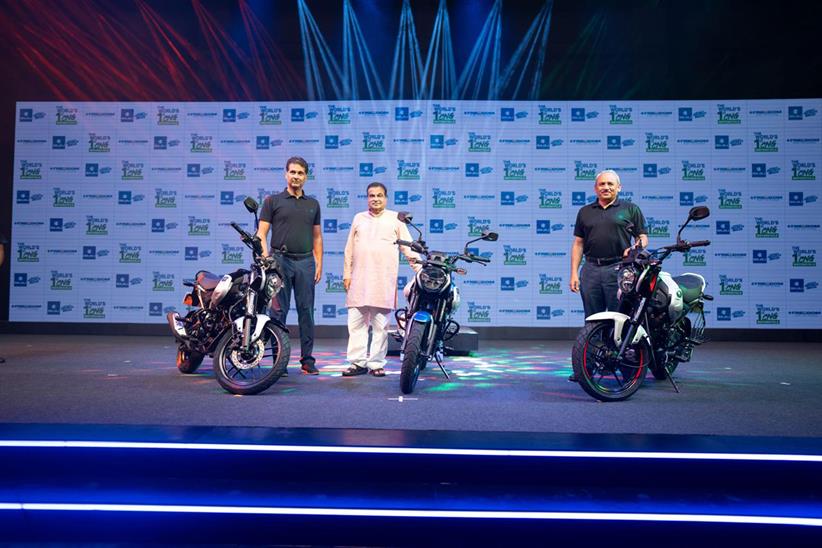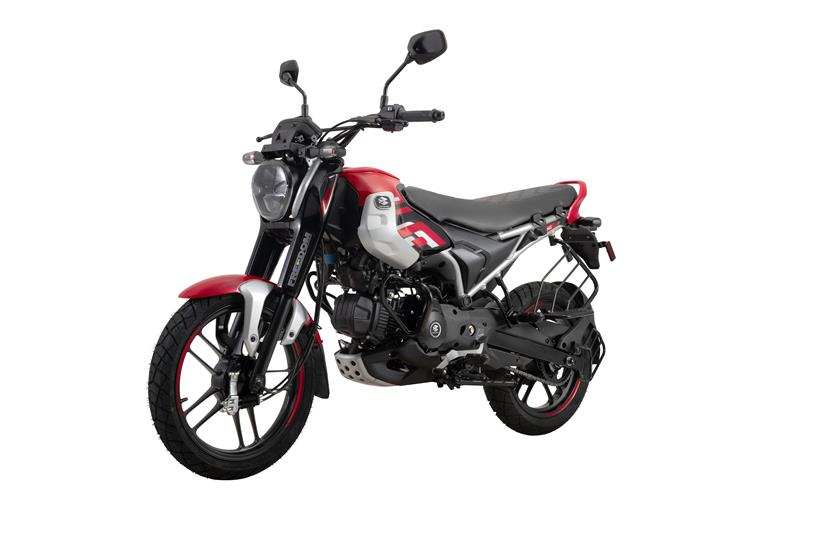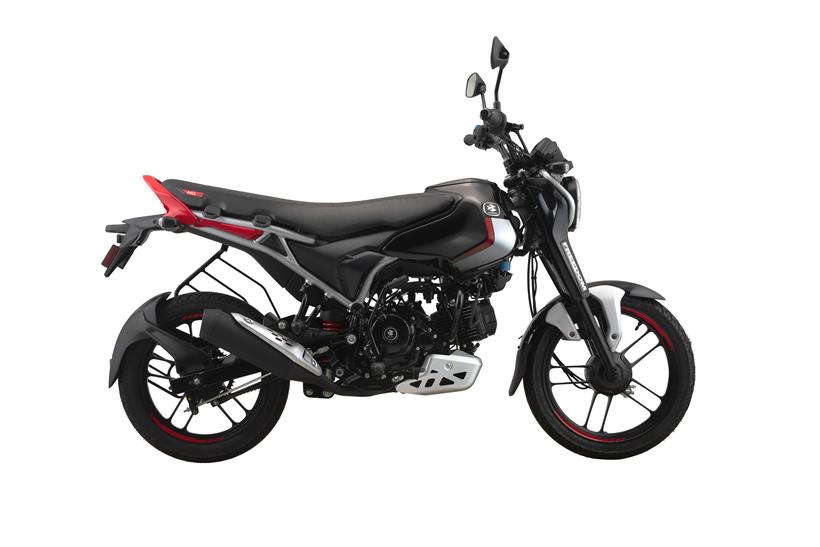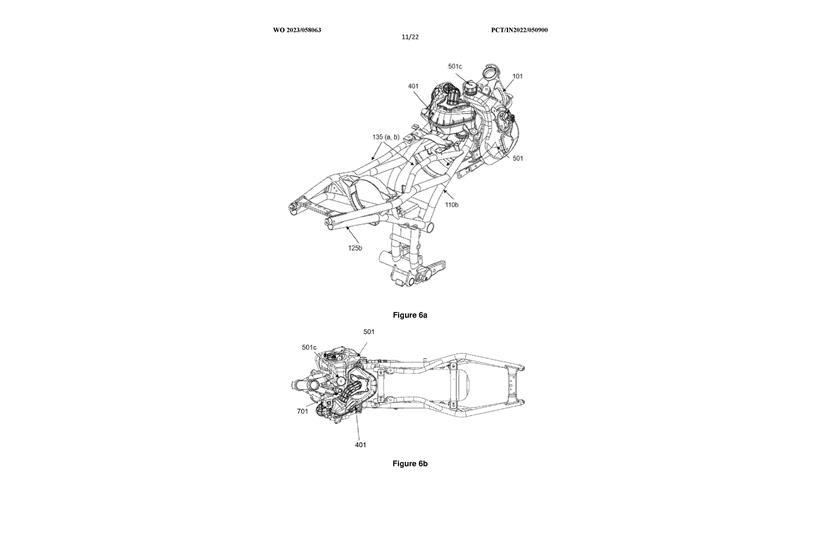Combustion’s green future | Compressed Natural Gas bike from Bajaj banks planet-saving promises

While many are focusing efforts on electric as the clean, green future, one company is turning to compressed natural gas as a low-cost, low-emission fuel.
That brand is Bajaj, one of India’s largest bike companies and already a partner to both Triumph and KTM, cooperating on models including the Speed 400, Scrambler 400X, 390 Duke and 390 Adventure.
They’ve just created the first mass-produced bike powered by compressed natural gas (CNG), in the form of the Freedom 125, with a focus on saving owners money just as much as saving the planet.

Although not carbon neutral, CNG promises substantial improvements in terms of CO2 emissions and unlike alternatives such as electric or hydrogen it’s relatively widely available, can be used with converted versions of normal petrol engines and allows rapid, simple refuelling without huge changes in infrastructure.
In that respect it’s similar to the LPG already widely offered, except while LPG is liquified petroleum gas, mostly propane, CNG’s main component is methane.
As the name suggests, CNG is compressed, and to a much higher level than LPG – around 200 bar (2900psi) for CNG compared to 7.5 bar (109psi) for LPG. That’s still far less than the 700 bar (10,153psi) of hydrogen-fuelled vehicles, which introduces many more problems.

CNG tanks are at around the same pressure as scuba tanks, and that’s very much what the gas cylinder on the Freedom 125 looks like.
Carrying 12.5 litres, or 2kg, of CNG the tank sits horizontally along the Freedom 125’s steel trellis frame. Its valve and filling apparatus are at the front, where you’d find the fuel filler on a normal bike, but the cylinder sits lower and extends all the way back under the rider’s seat. The engine sits nearly horizontal as well, with its single, air-cooled cylinder pointing forwards.
Bajaj say a full cylinder will take the bike over 200km (124 miles) before it’s empty. A small, two-litre petrol tank – wrapped around the right-hand side of the gas cylinder at the front adds another 130km (81 miles) range and means the bike can be used even where CNG filling stations are hard to find. A switch on the left bar swaps between the two fuel sources, and they give a combined range of over 200 miles.

To package the CNG system inside the bike without making it too large the airbox is above the front of the gas cylinder and curves around the left of the frame, opposite the petrol tank. The seat is slightly higher than normal at 825mm to accommodate the gas tank underneath it, but the bike itself is physically small with a compact 1340mm wheelbase.
In India, the Freedom 125 starts at the equivalent of just under £890 for a drum-brake version, with prices rising to £1030 for the range-topping model with a front disc and LED lights. In addition, the company reckons owners will cut their running costs by as much as 50% compared to petrol bikes.




